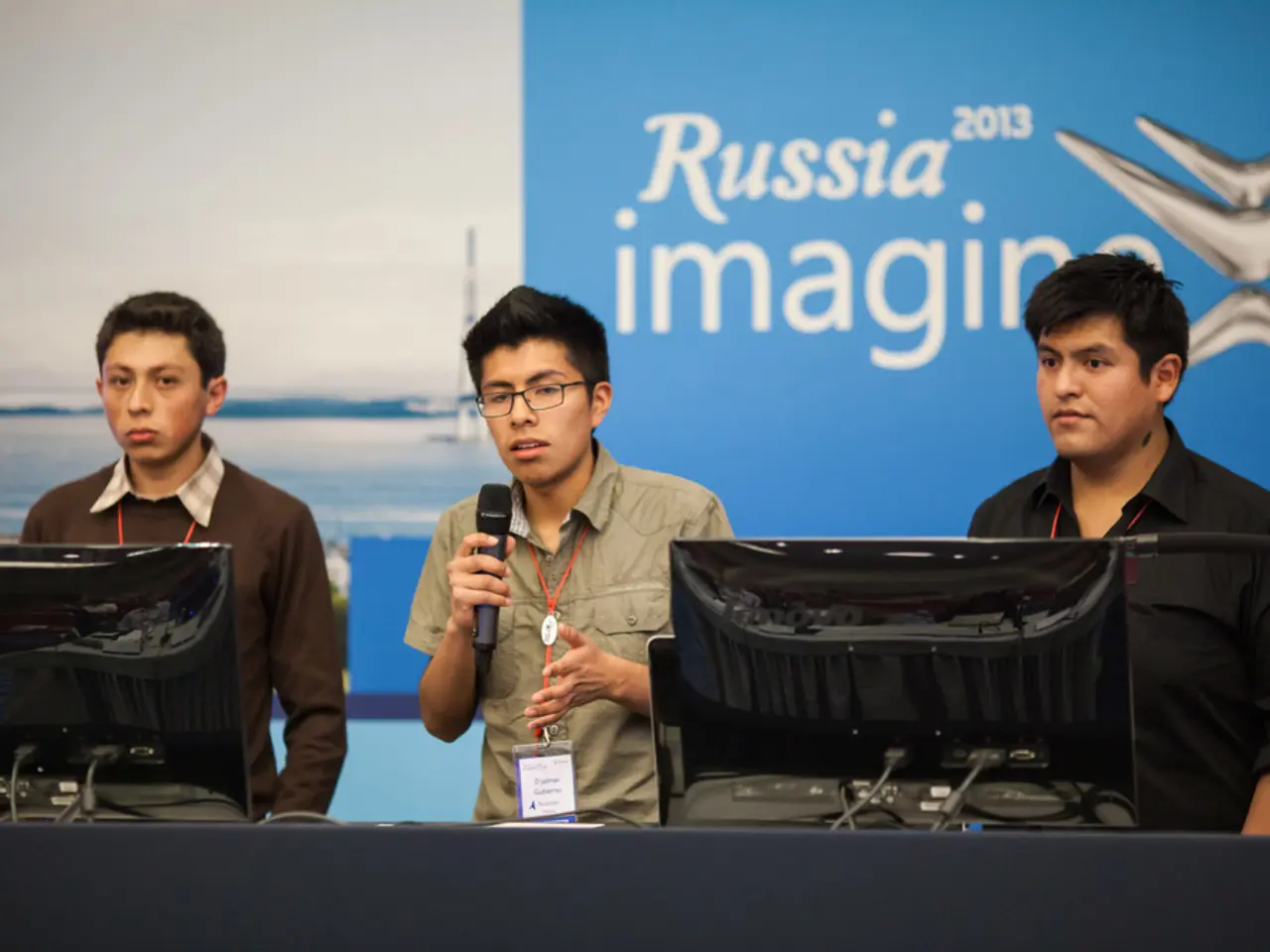Russia experiences escalating drone assaults from Ukraine preceding the Trump-Putin meeting in Alaska
In the lead-up to the anticipated Trump-Putin meeting in Alaska, Ukrainian forces have significantly increased their long-range drone strikes on Russia, targeting critical infrastructure such as energy facilities. This escalation is believed to be a strategic move aimed at imposing economic costs on Russia, strengthening Ukraine's bargaining position, and maintaining pressure during ongoing conflict and peace talks.
The increased drone operations have resulted in significant operational disruptions, causing gasoline prices in Russia to soar to historic highs. Refinery shutdowns account for approximately 11% of Russia’s total refining capacity, highlighting the impact of these strikes.
This strategic move serves a dual purpose—weakening Russia’s supply chains within its territory and signalling to both Russia and international actors that the conflict dynamics remain fluid, with Ukraine retaining offensive capabilities.
The retaliatory response from Russia has included missile and drone attacks on central Ukraine, notably Kremenchuk and cities near the frontline. This tit-for-tat nature of the conflict underscores the ongoing tensions amid peace talks efforts.
The implications of this escalation are significant. Heightened tensions and uncertainty surround peace negotiations, as the strikes demonstrate Ukraine's resolve and Russia’s vulnerability in key economic sectors. The sustained attacks on energy infrastructure risk exacerbating economic instability in Russia, which could have far-reaching effects on domestic and international geopolitics.
It remains unclear whether Ukrainian President Volodymyr Zelenskyy will attend the summit in Alaska, where Trump and Putin are expected to discuss proposals to secure a ceasefire and potentially end Russia's invasion of Ukraine. Moscow Mayor Sergei Sobyanin reported that at least nine drones were shot down en route to the capital, while Russia's Defense Ministry reported downing 59 Ukrainian drones overnight into Monday morning.
Zelenskyy has stated that Russia refuses to stop the killings and therefore should not receive any rewards or benefits. Russia is demanding that Ukraine cede several regions in the south and east of the country, accept curbs on its military, and be permanently excluded from NATO.
Ukraine's air force claimed to have intercepted or suppressed 70 out of 100 drones launched by Russia overnight into Monday morning, indicating a persistent and determined response from Ukrainian forces. As the diplomatic landscape continues to evolve, the strategic use of long-range drone strikes by Ukraine serves as a potent reminder of the complex security environment and the dynamic nature of the ongoing conflict.
The strategic use of long-range drone strikes by Ukraine, targeted at Russia's critical infrastructure, has both weakened Russia's supply chains and accentuated the fluidity of the international politics surrounding war-and-conflicts and general-news, such as the anticipated Trump-Putin meeting in Alaska. The sustained attacks on energy infrastructure also have the potential to escalate economic instability in Russia, with far-reaching effects on domestic and international geopolitics.





